Description of alder-leaved cage and its cultivation
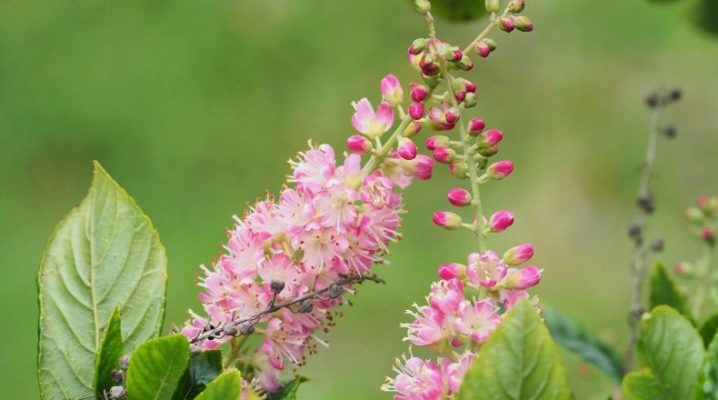
Alder-leaved cletra is a wonderful decoration of the garden in the form of a bush with yellow or pink flowers. In this article, we will consider how planting and care are carried out correctly, we will give a description of the varieties "Humminbird", "Pink Spaper" and others.


Shrub description
The alder-leaved cage is a deciduous perennial shrub belonging to the Heather family. The plant appeared relatively recently in North America and originally grew near water bodies. Now the bush is bred for decorative purposes all over the world. Cletra can often be found in private gardens. The bush fell in love with gardeners not only for its appearance, but also for its good winter hardiness. The alder-leaved cage is able to withstand winter frosts down to -30 degrees Celsius.
The plant reaches a height of 2 m or more, in the first years of life it has a vertical crown, in subsequent years - oval or spherical.
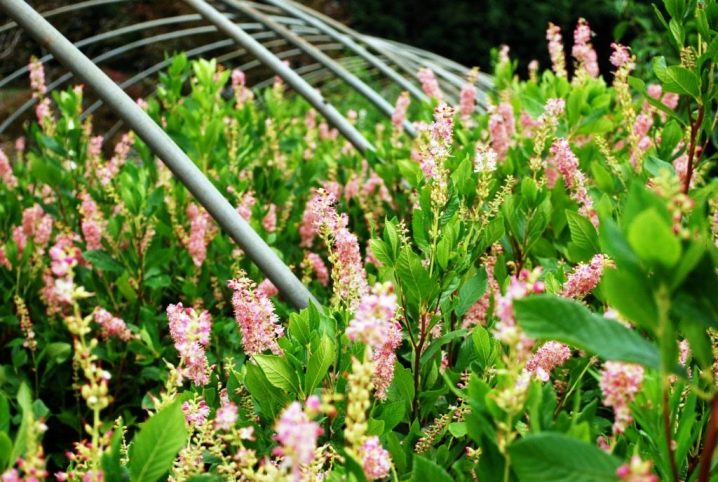
If in the spring your garden of bushes has already acquired buds or foliage, then do not be intimidated by the appearance of the cage. - its foliage appears only by the end of May. But the bush is irresistible in the fall - the plant dresses up in bright yellow or golden ocher foliage.
Flowers at the bush appear at exactly the same rate as foliage. Flowering begins around July and ends in late August - early September. The bush appears vertically lowered panicles, 5-16 cm in length. Flowers are located throughout the branch. They are quite large - 8 mm in diameter.

Alder leaf cage is also considered a good honey plant. In the second and third autumn months, small boxes with seeds are formed on the bush, however, due to the short duration of the warm summer period, they rarely ripen in our latitudes.

Varieties
Nowadays, there are about two dozen varieties of this shrub. Let's take a look at some of them that are especially popular among gardeners.
- Pink Spire. He's the Pink Spire. One of the most unpretentious and beautiful varieties. It withstands frost well, however, under conditions with temperatures below -30 degrees, it needs shelter. "Pink Spaper" has beautiful, pale pink inflorescences. However, this beauty appears closer to August.

- Hummingbird. Otherwise - "Hummingbird". The variety has dense snow-white panicles. Suitable for growing in climatic conditions of the middle zone and, like the previous crop, it tolerates frost excellently.

- Ruby Spice. The flowers of the Ruby Spice bush have a pleasant dark pink hue. They also appear closer to August in the form of small but fluffy panicles. Dark green foliage looks very harmonious with flowers. There is a lot of it, in the fall it acquires a warm yellow hue and remains in this form on a bush for a long time, decorating the garden.
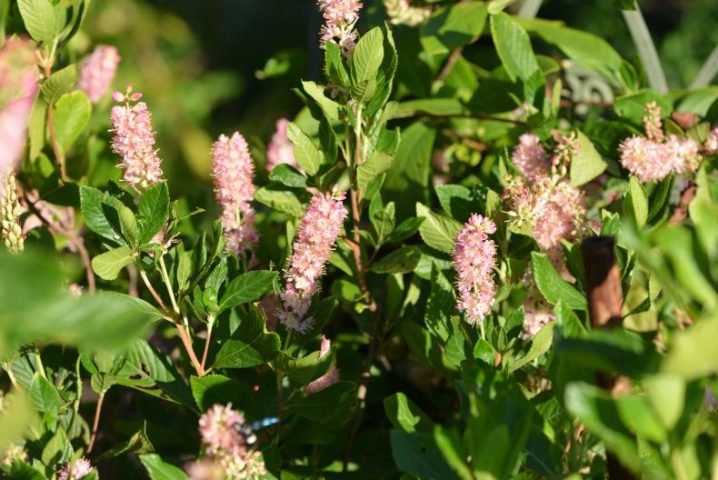
- September Beauty. This bush blooms later than everyone else - in September, with neat white flowers. He, like the previous one, has dark green foliage, resistant to autumn cold snaps and absorbing all shades of the sun.
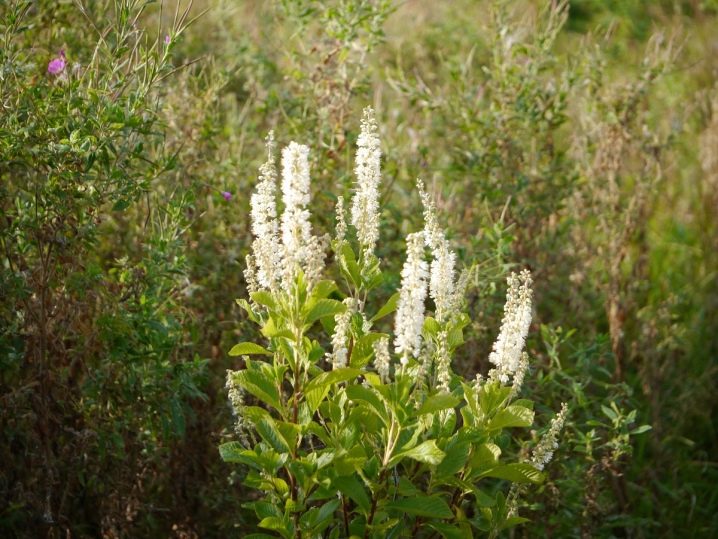
Landing
You don't need to be an experienced gardener to plant a plant. However, for the lush flowering of the cage, some rules need to be known.
They are usually planted in the soil at the end of May, when the soil is warm enough and the weather has become more or less stable. Previously, it is not recommended to plant a bush - the plant has a late growing season, and it will not be able to fully develop and put up leaves.
The alder-leaved cage is planted in the shade or in a place where the sun is no more than half the day (preferably the first). So, it is often located in the shade of trees or taller bushes.
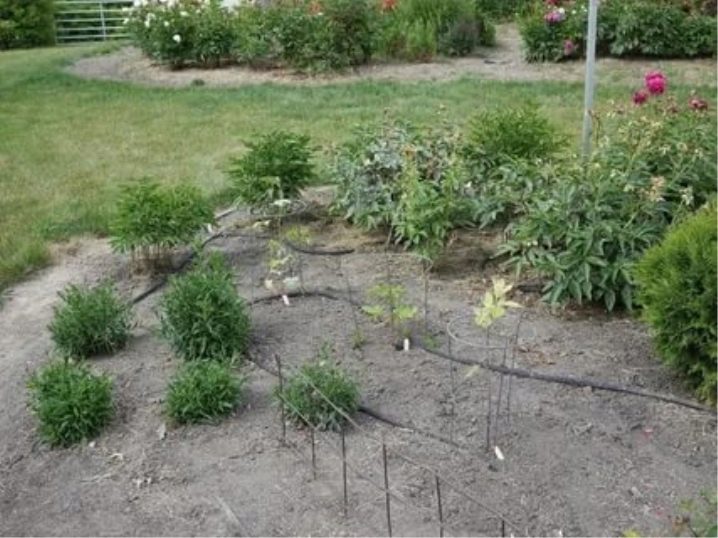
Interestingly, the bush does not grow well in alkaline and fertile areas. Instead, he prefers loose and acidic soil. If your site is not like that, but you still want to plant a bush, you can make a soil mixture yourself from forest soil and sand (1: 1), a large amount of peat and a small amount of sawdust. For good flowering, you can resort to a little trick: before planting, 80 g of sulfur and / or citric or oxalic acid are introduced into the hole.

Let's say you already have a prepared cutting or seedling, everything is ready for planting. Let's consider how to correctly implement it in stages in the open field.
- The topsoil in the selected area is removed to a depth of 10 cm.
- A hole is dug twice as wide as the root system of the plant.
- Drainage (expanded clay or an analogue) is placed at the very bottom, then up to half the pit is covered with soil mixture.
- The site is abundantly watered with a solution of settled water, citric acid and apple cider vinegar. Take 100 ml of the second component in a bucket of water.
- The roots of the seedling are carefully placed on the ground, straightening them (the plant itself will not cope with this), and sprinkled with earth, periodically crushing it a little in the process.
- The land is again watered abundantly.
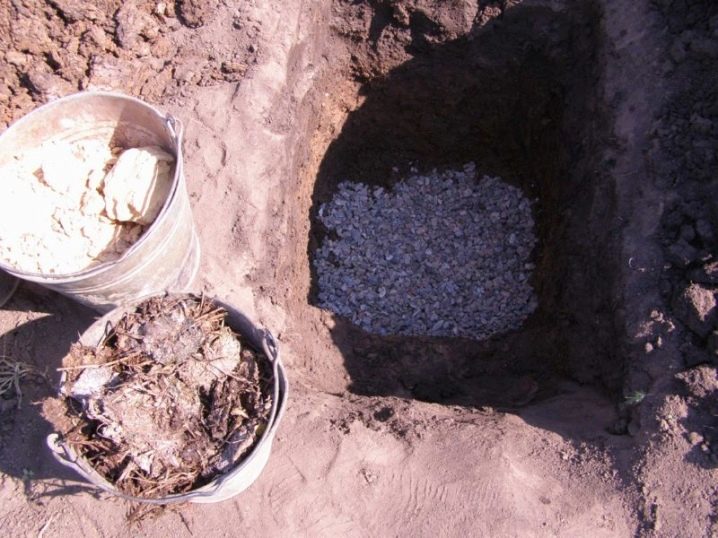
After the performed manipulations, the area near the plant can be mulched. This is done in a dense layer (5 cm) to preserve moisture in the soil.
You can propagate a bush for further planting in three ways:
- cuttings;
- layering;
- root shoots.
Also, the culture can be spread by seeds, but this is done by a seedling growing method.
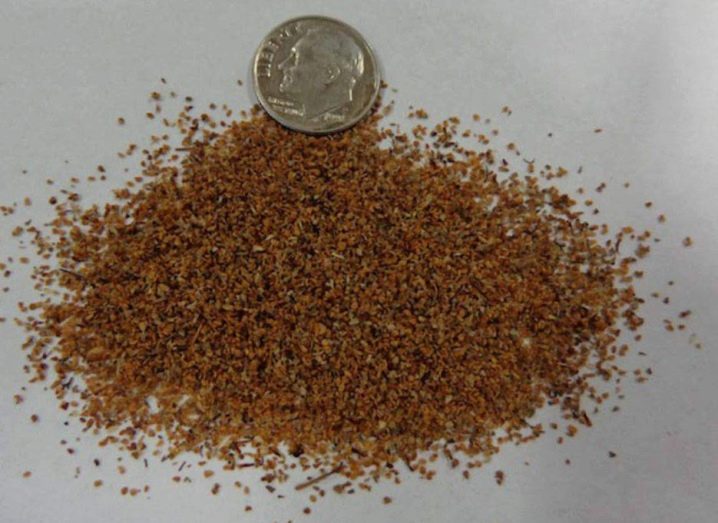
Care
Taking care of the plant is not difficult. There are two main conditions for the development of a beautiful bush:
- timely watering;
- correct formation.
Alder leaf cage is a moisture-loving plant. It does not tolerate heat and droughts, so during such periods it is especially important to water the bushes abundantly. This is done often, three to four times a week. You can find out about the condition of the bush based on observations of the soil.
It should not dry out and in no case should it form cracks.
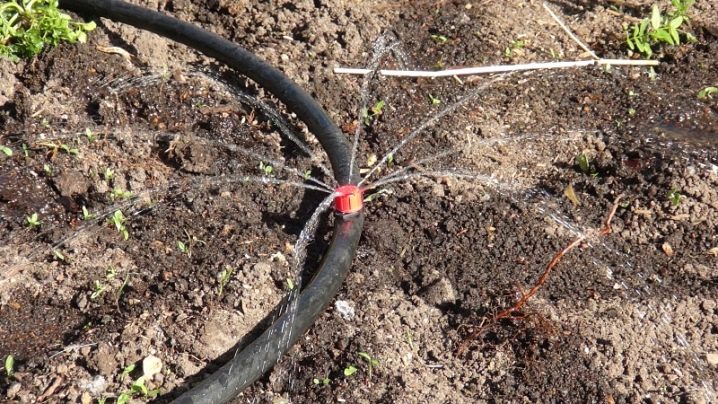
Watering is carried out either early in the morning or in the evening, when the sun's rays lose their strength. It is recommended to do this with standing water at room temperature or slightly lukewarm. Ideally, it should be of natural origin. Watering is reduced only in two cases - with heavy rainfall and with exposure to the corresponding type of disease.
One of the key advantages of the shrub is the absence of an urgent need for fertilizing and fertilizing., which makes it more attractive in terms of spending the time and effort of the owner. The bush reacts well to acids and sulfur introduced in the first year of life. In the future, it is possible to fertilize the soil only during periods before flowering. Gardeners recommend using liquid complex fertilizers.
The bush needs the most common sanitary pruning. It is carried out every year - either in the spring or in the fall.
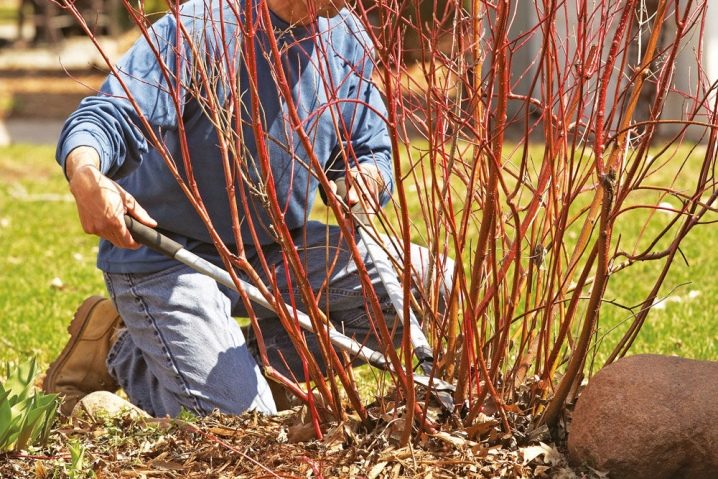
Root shoots, dried, weak and diseased branches are removed, the tops of young shoots are pinched. Thus, the plant begins to actively grow new shoots, which makes it possible to create the necessary shape of the bush.
The shrub, as mentioned above, although it has good frost resistance, needs a certain kind of preparation. In the Moscow region, for example, alder-leaved cage can only be mulched 5-10 cm using peat or sawdust to preserve the roots. In northern regions with a more severe winter period, the shrub must be bent to the ground, covered with spruce branches or lutrasil.
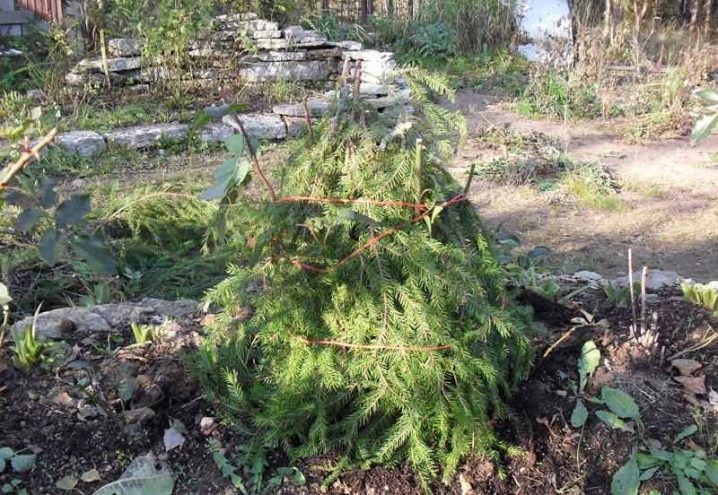
If you carry out all the above actions, you are on the right path to a beautiful blooming garden. But, regardless of your actions, insect pests may appear on the site or a disease may develop.
- Late blight. Fungal disease is rarely found on bushes, but it can spread from neighboring crops, such as vegetables. Late blight appears in conditions of high humidity and is recognized by gray spots on different parts of the plant. Spots, growing, lead to the fact that if the plant does not dry out completely, then it loses a significant part of it. The affected areas are removed and burned, only the surviving area is treated: with fungicidal agents, preparations containing copper sulfate.

- Shield. The insect infects the leaves and shoots of the bush, as it feeds on its juice. The bush is treated with soapy water or insecticides. Gardeners use the second option only as a last resort, if the plant is severely affected, due to the non-environmental friendliness of chemicals. For the first, the solution is prepared very easily: one bar of the most ordinary laundry soap is taken for one bucket of water.
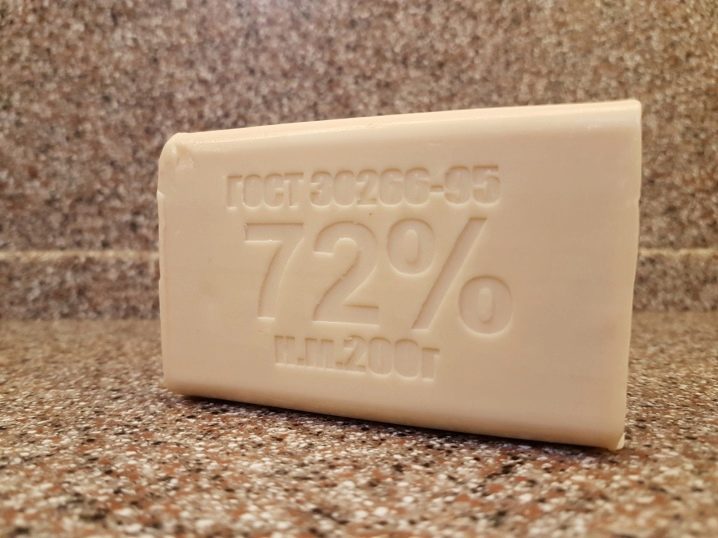
Alder leaf cage in landscape design
The alder leaf was loved for the fact that it decorates the garden in those periods when most of the plants have already faded. It is often used in landscape design, as the culture is considered a relatively versatile shrub.
The peak of the plant's decorative effect is in the middle of summer. Lush, bright flowers hang from the bush, giving off a subtle scent. The bushes look good both alone and in a group. In the latter case, it is possible to create whole compositions.
Favorable for him are neighbors such as wild rosemary and azalea, as well as different varieties of the cage itself.
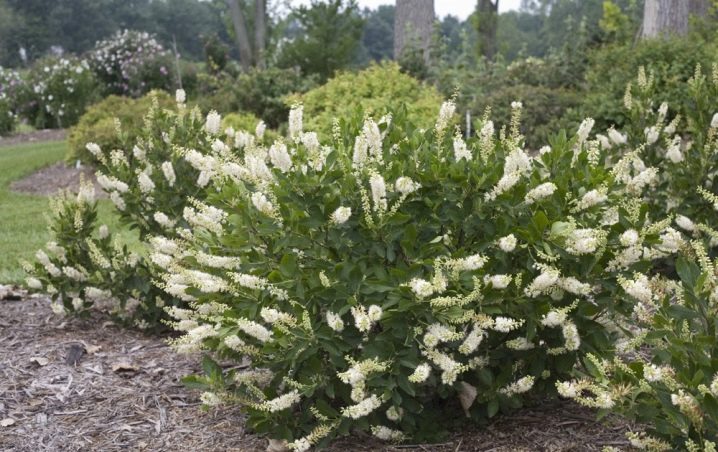
Alder leaf cletra is also planted as a decoration for creating an autumn garden. The bush looks good in a stone garden or on an alpine slide, and also harmoniously acts as a delimiter.
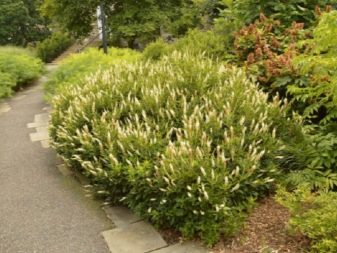
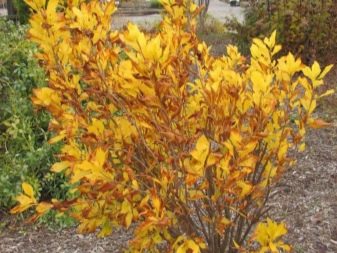



































































The comment was sent successfully.